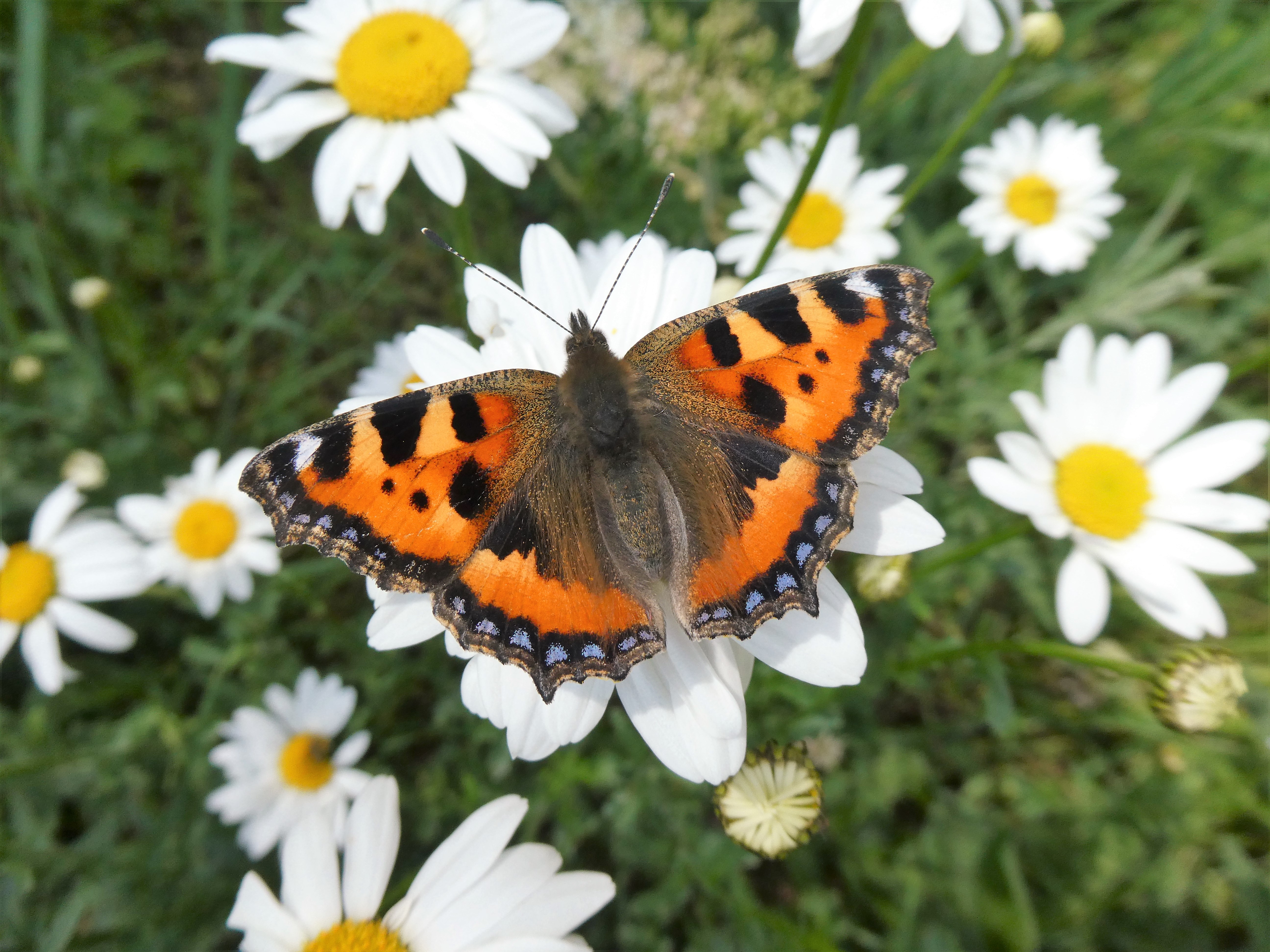Three new housing estates being built near my home contain mainly three and four-bedroomed homes. There are solar panels and the Building Energy Rating is ‘A’ for all homes. The facades are low-maintenance. So far, so good.
Then there are the gardens. In two of the estates, the houses have no front garden. There is a driveway for the car/s. In the other estate, the front garden for some houses is a courtesy green patch, tucked in at the corner. There are back gardens in all three estates. The public green spaces are the chief green areas, mainly grassed with specimen trees. Some of these are native.
In estates built in the area before the year 2000, there are back and rear gardens. However, in many cases, these front gardens are being replaced with a hard surface to accommodate vehicles and for ease of maintenance.
However, there is still a significant area given over to gardens. While there appears to be no statistics on the amount of land in Ireland given over to gardens, there are statistics for the UK, which has a similar outlook towards housing. In both states, the idea of living in a three or four-bedroomed house with a front and rear garden remains the common model.
These statistics are quite striking. Multiplying garden numbers by average area gives a total UK garden cover of 432,964 ha, which, using the standard area measure, is one fifth the size of Wales. Putting this in protected landscape terms, it is the area of the Norfolk Broads, and the Exmoor, Dartmoor and Lake District National Parks added together. One-quarter of the area of a typical city (and half its green space) is private gardens, so the potential national significance of gardens as a resource for wildlife is clear.
The study, Gardens as a resource for wildlife by Ken Thompson and Steve Head makes the case that habitats in gardens are a very important resource for some wildlife.
Take the issue of garden ponds. According to the 2001-2002 Survey of English Housing, 10% of households had a pond, which works out at around 2½ million garden ponds in the country. The garden surveys suggested a higher proportion of 16%, giving a total of just over 3½ million garden ponds in UK gardens. Ponds averaged about 1m2 in area, so if the higher total is correct, that is a total of 349 hectares of standing water. Windemere, the largest natural lake in England is only about four times this area. A 2010 report estimated that there were 478,000 countryside ponds in Britain (and this is only a third the number in 1880), so gardens hold 86% of Britain’s ponds, but only a small proportion of the total area, since most garden ponds are much smaller than those in the countryside.
Despite this, that small surface area is distributed over a large area, so nowhere in our towns and cities is far from the nearest pond. Most pond animals are also excellent colonists, so almost all ponds are used by aquatic organisms; they are a haven for amphibians, aquatic invertebrates and plants in residential areas, including some of specific conservation concern (e.g. the Great Crested Newt, Common Frog and Common Toad). Garden ponds also provide drinking and bathing water for birds, as well as supporting a variety of invertebrates that are an important food resource for other animals.
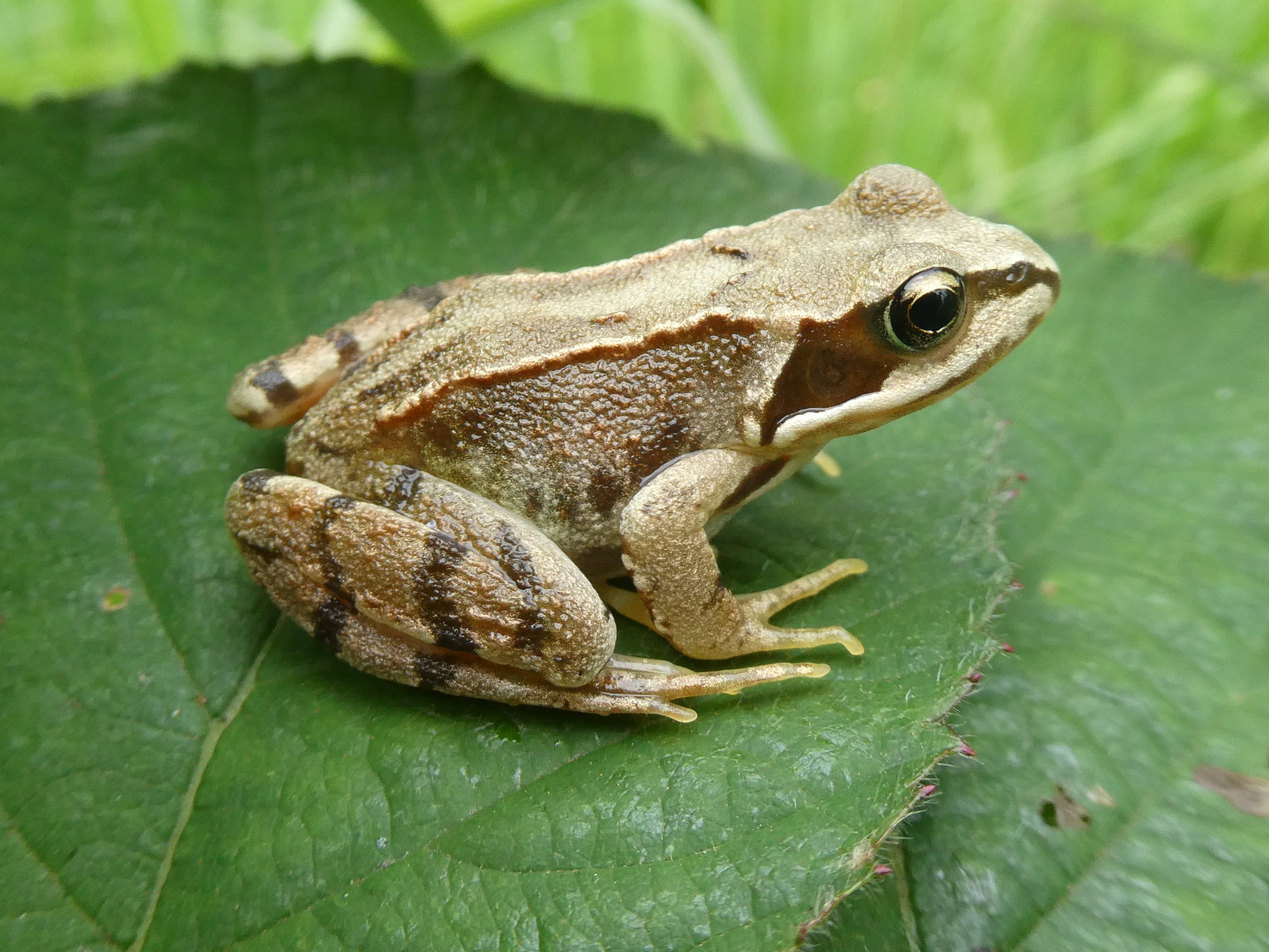
This certainly tallies with my experience. My garden ponds hold a range of species that could not breed without the pond habitat; Common Frog, Smooth Newt, a number of Odonata (dragonflies and damselflies) including Brown Hawker, moths with aquatic larvae (the china mark moths, such as Beautiful China-mark Nymphula nitidulata), hoverflies and a number of species that spend their lives in water. Elephant Hawkmoth, Green-veined White and Orange-tip butterflies have bred on plants growing in my ponds or in the wetland fringing the open water. Plenty of bird activity is also part of my pond scene. In brief, ponds are an excellent addition to a wildlife garden as long as they are not stocked with fish.
While no figures are provided for compost heaps, these are remarkable for nature. I remember checking a compost heap in Gloucestershire to see it used as a breeding site for Slow Worms and Grass Snake. It was also used by a Bank Vole, Common Toad and a mass of invertebrates, especially woodlice, ants and earthworms. Many gardens, even small ones, have a compost heap. Let’s keep this facility in place in our gardens.
And so to garden trees. According to the UK study, 54% of gardens contained one or more trees taller than 3 m. The average number of trees per garden was 2.4, giving us a national estimate of 28,730,986 trees within domestic gardens. One study looked specifically at tree cover in gardens, reporting that 11% of garden area was tree-covered, which translates to a national tree coverage of 47,402 ha. The area of the New Forest National Park is 56,600 hectares, but 10,000 hectares of this is heathland and mires, and there are large areas of farmland as well. In fact, the total area of the New Forest ancient beech and oak woods is only 3,692 hectares. (Sadly, a large part of the forested area in the New Forest consists of non-native plantation species which has dramatically reduced butterfly abundance there.)
There are about 123 million live trees outside woodland in Britain so domestic gardens contain just under a quarter of the total number of trees outside woodland for the whole country. Trees in residential areas contribute to ecosystem services such as climate regulation and air filtration, and they also provide important habitats for wildlife. The Sheffield BUGS project, and other work, all confirm that the total volume of vegetation (to which trees make a large contribution) is a major determinant of the diversity and abundance of many taxonomic groups. Many urban trees are of course non-native, but such trees are far from useless for native wildlife.
In an Irish context, we can easily see the value of garden trees given the tiny amount of native trees that exist in our landscape. In the EU, only Malta has a lower percentage of its land given over to trees than the Republic of Ireland. According to the Central Statistics Office, forestry accounted for 10.9% of Ireland’s total land area in 2015. In contrast, 35.5% of the total land area in the EU in 2015 was under forest cover.
The vast majority of plantation woodland here is non-native, usually coniferous species. These species are of less value to native biodiversity than native trees. Furthermore, the dense planting method used means that the ground beneath is dark, useless for native flora. By contrast, many gardens have non-native trees like Common Beech and lime which do offer value for some wildlife. On a more positive note, many gardens have Silver or Downy Birch, Common Holly while some large gardens have native oak. These are crucial for native invertebrates; for example, the Purple Hairstreak butterfly breeds only on oaks.
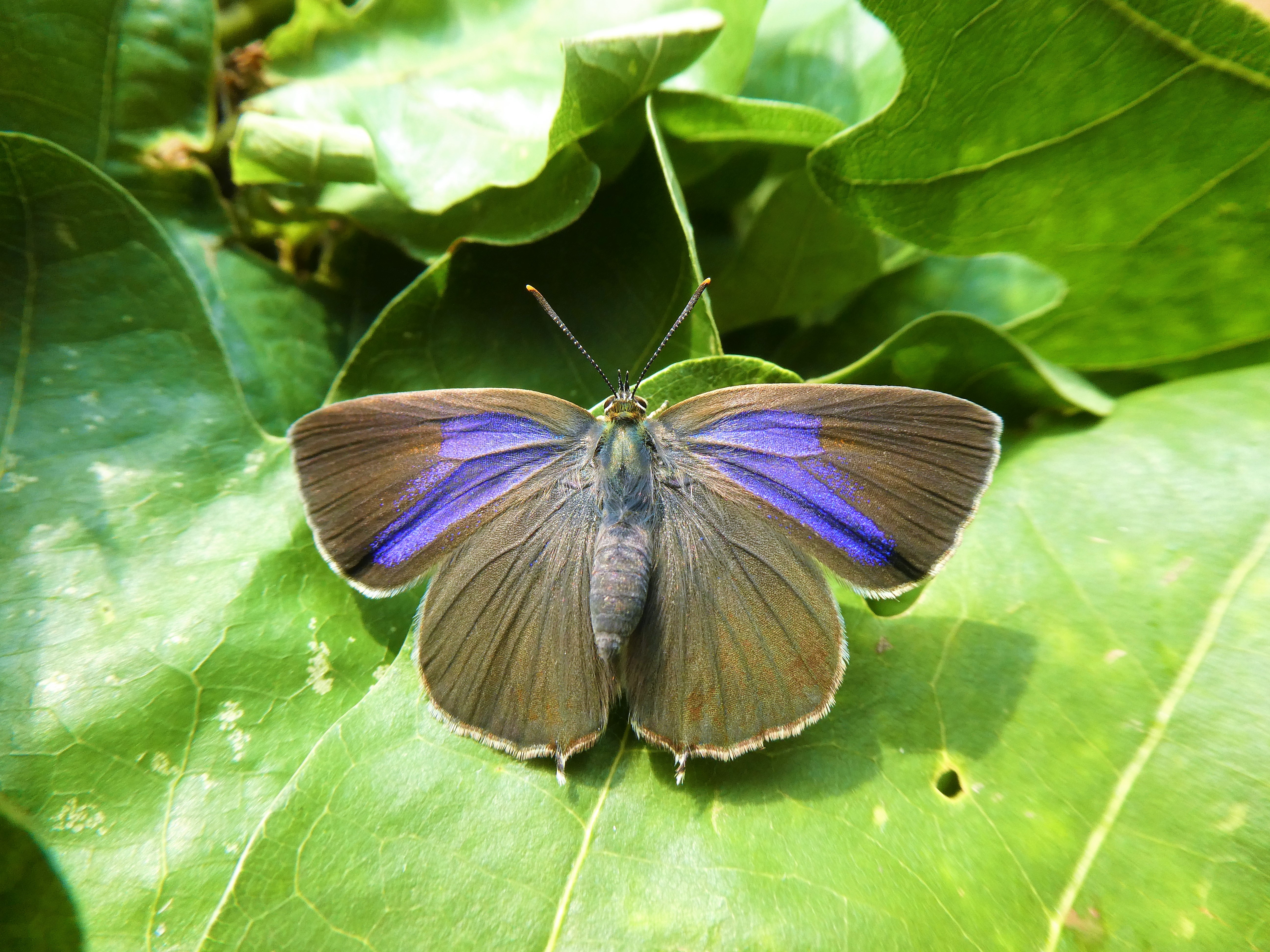
While I have not seen a Purple Hairstreak on an oak tree growing in an Irish garden, I have seen one in an English garden. I see no reason why this lovely butterfly would not occur on a good-sized garden oak here if it is near oak woodland.
A well-planted garden, by which I mean a garden stocked with native herbaceous plants, native shrubs/hedging and trees which features a pond, mini-wood and grassland will produce ideal habitat for a great many of our widespread species. If chemical use is avoided, the vast insect resource will mean there will be little if any need to feed birds.
A large area of ‘clean’ land can be developed which will be a help to nature beleaguered by modern agriculture and land drainage. Let’s take some CSO figures.
In 1990 18.3% of our land was wetland. This declined to 16% in 2014.
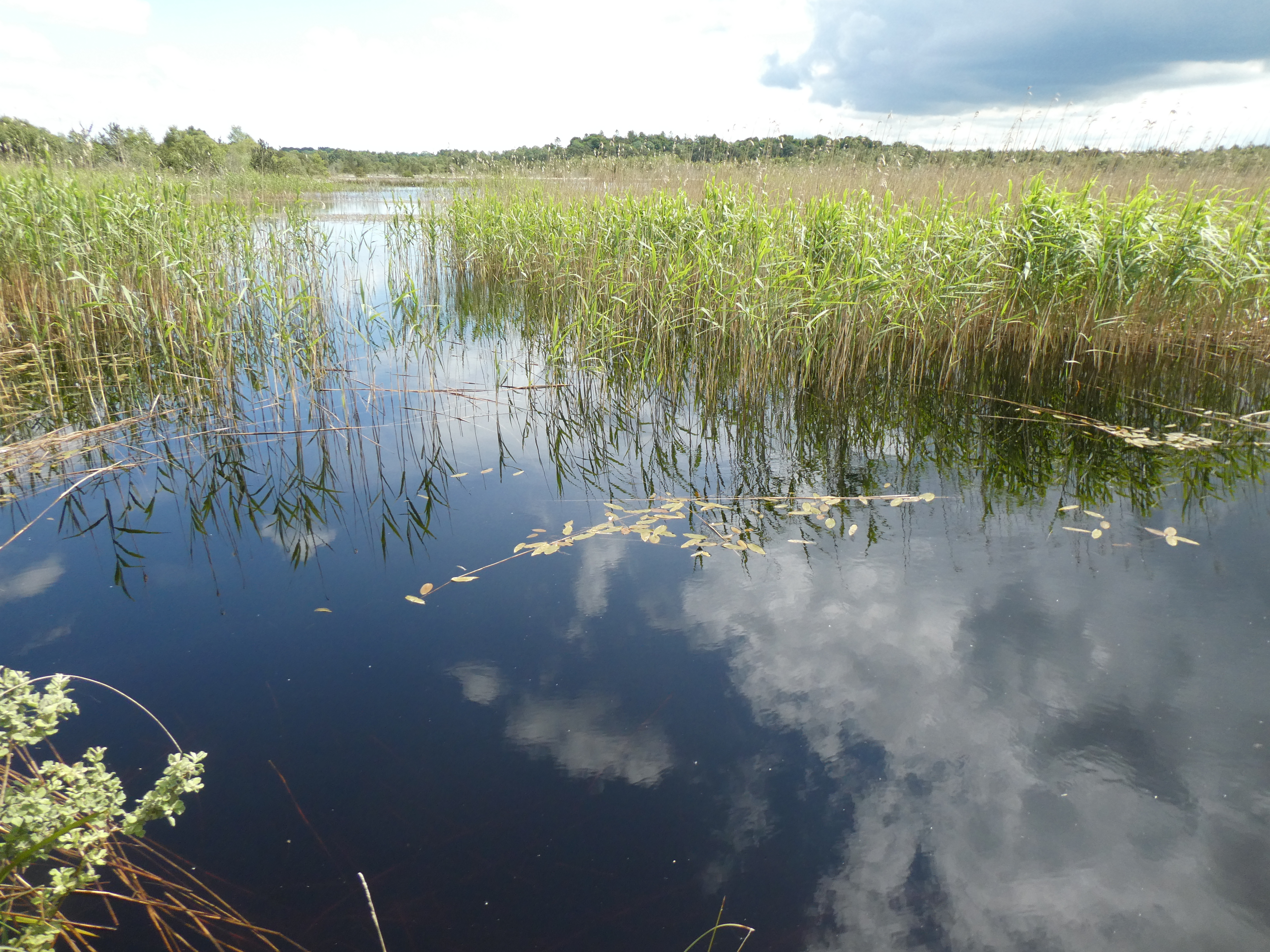
In 2014 60.7% of the land was grassland but much of this is a monoculture and much of our grasslands are fertilised using synthetic fertiliser; in 2015 331,000 tonnes of Nitrogen fertiliser was sold and presumably used; only 1.2% of agricultural land was used for organic farming in 2013, the second-lowest in the EU. Ireland had the 7th highest consumption of fertilisers of the EU Member States where data were available in 2013, at 94.7 tonnes per 1,000 hectares of agricultural land. The highest consumption in the EU was the Netherlands at 136.7 tonnes per 1,000 hectares of agricultural land.
The use of chemical fertiliser destroys many plants and invertebrates, including the Small Heath and Small Copper butterflies. Both species are in decline according to the data from the National Biodiversity Data Centre, and a recent study implicates chemical fertilisers poisoning the larvae.
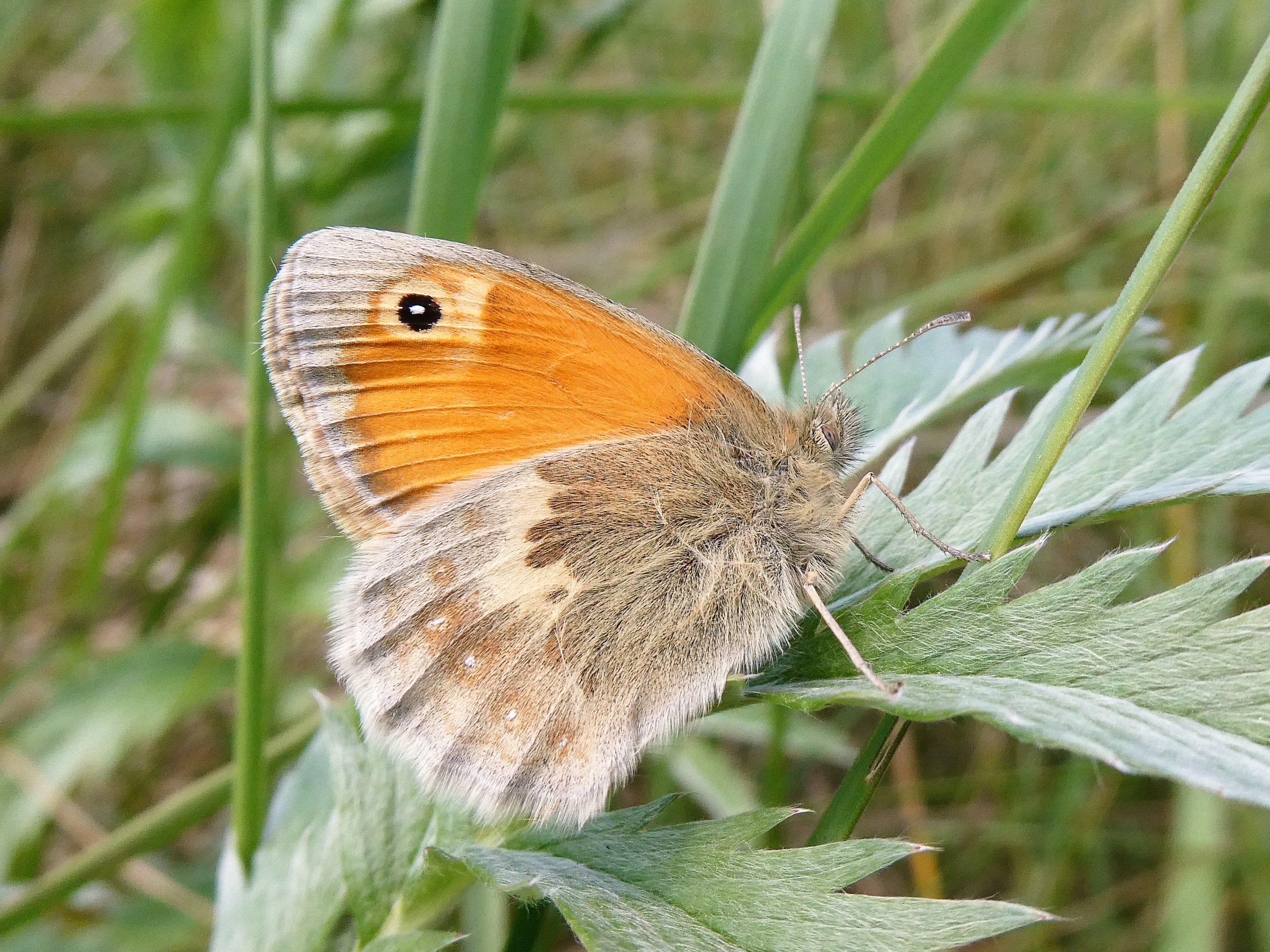
However, there are many species of butterfly and moth that cannot exist in a garden. Our rarer and more specialist species such as the Large Heath, Green Hairstreak and Dark Green Fritillary need high-quality semi-natural habitats for their survival.
Much can be achieved in gardens and it is notable that many gardens, where these exist as a connected network, hold more species than so-called ‘green’ farmland. Farmland that is intensively managed is typically very poor for butterflies and biodiversity generally.
However, there are other features that impact negatively on the value of gardens in enhancing biodiversity. Many gardens change hands when the house is sold and new owners frequently change the garden. Native plants may be removed to grow whatever is in fashion. Parents with young children may fill in the pond. While animals like butterflies can move next door, plants cannot. More seriously, the popularity of garden make-over programmes like Ground Force encouraged a great trend for extensive areas of paving and decking, convenient for parties, but next to useless for wildlife. Decking is quite a challenge to maintain, though, and can become dangerously slippy. When gardeners realise these drawbacks they may reverse the trend.
Furthermore, garden areas are being lost to development especially around towns where a large back garden is lost to build a new house or where an old house with a large garden is demolished to build several homes. Sheds, greenhouses and house extensions swallow up more garden space and often the remainder is paved. While people need homes, people in urban areas need greenery too, for fresh air, visual amenity and happiness. Wildlife is part of our experience of happiness too, as well as being important for its right to be here.
Butterfly Conservation Ireland wants you to enjoy nature. Our free leaflet is available here BCI-Garden-leaflet
We also encourage you to monitor the butterflies that visit your garden. Our survey form is simple to complete and we send all participants a report early the following year. The form is here National-Garden-Butterfly-Survey
If you need help to identify any butterfly you see, check our gallery at https://butterflyconservation.ie/wp/gallery/ or send a snap of your butterfly to conservation.butterfly@gmail.com
Garden for nature. The rewards are real.
You’ll live a better life for it.
